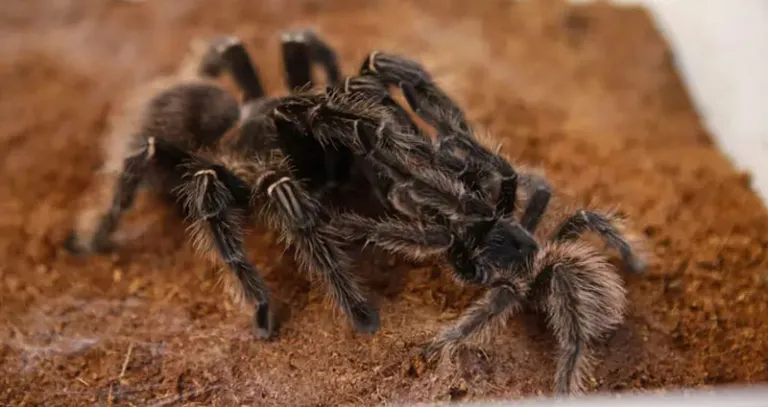How Often Do Tarantulas Eat?
Understanding how often tarantulas eat is crucial for their health and well-being. Unlike many pets, tarantulas don’t require daily feeding. Their feeding schedule depends on several factors, including their age, size, species, and environmental conditions. Providing the right amount of food at the right time prevents health problems and ensures your tarantula lives a long, healthy life. This comprehensive guide will delve into the various aspects of tarantula feeding, providing you with the knowledge you need to care for your eight-legged friend. Learn the signs to look out for, how to best feed your tarantula, and which common mistakes to avoid.
Factors Influencing Tarantula Feeding
Several factors influence how often a tarantula needs to eat. These factors determine the metabolic rate of your tarantula and therefore how much food they need. Understanding these factors is key to providing appropriate care for your pet tarantula. In essence, you need to understand the specific needs of your tarantula based on the conditions they are under.
Tarantula’s Age and Feeding Frequency
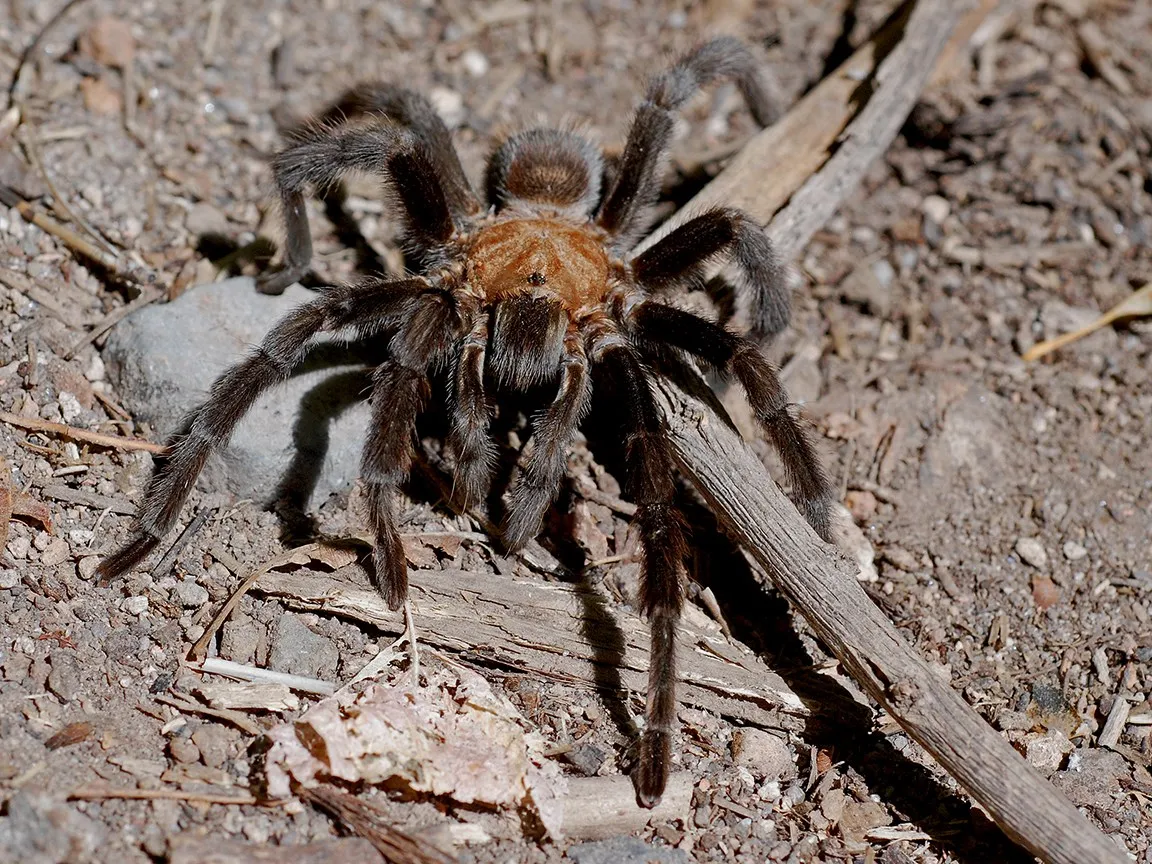
Younger tarantulas, or spiderlings, have a higher metabolism and grow rapidly, therefore, they require more frequent feeding than adults. Spiderlings may need to be fed every 2-3 days. As they mature, the feeding frequency decreases. Sub-adults can be fed once a week, and adult tarantulas often only need to eat every 1-2 weeks, or even less frequently. Monitoring your tarantula’s growth and adjusting the feeding schedule accordingly is very important.
Tarantula’s Size and Feeding Schedule
The size of your tarantula directly impacts its feeding needs. Larger tarantulas, naturally, require more food per meal than smaller ones. The size also determines the size of the prey. You should always offer appropriately sized insects to your tarantula. If the prey is too large, it could injure the tarantula, and if too small, it may not provide enough nutrition. Make sure to choose prey items that are roughly the same size as the tarantula’s abdomen.
Tarantula’s Species and Feeding Needs
Different tarantula species have different metabolic rates and feeding preferences. Some species are naturally more voracious eaters than others. Researching the specific needs of your tarantula species is crucial. Some species may be prone to obesity if overfed, while others may be more tolerant of infrequent meals. Consult reputable sources like spider keeping forums or breeders for species-specific feeding advice.
Tarantula’s Temperature and Metabolism
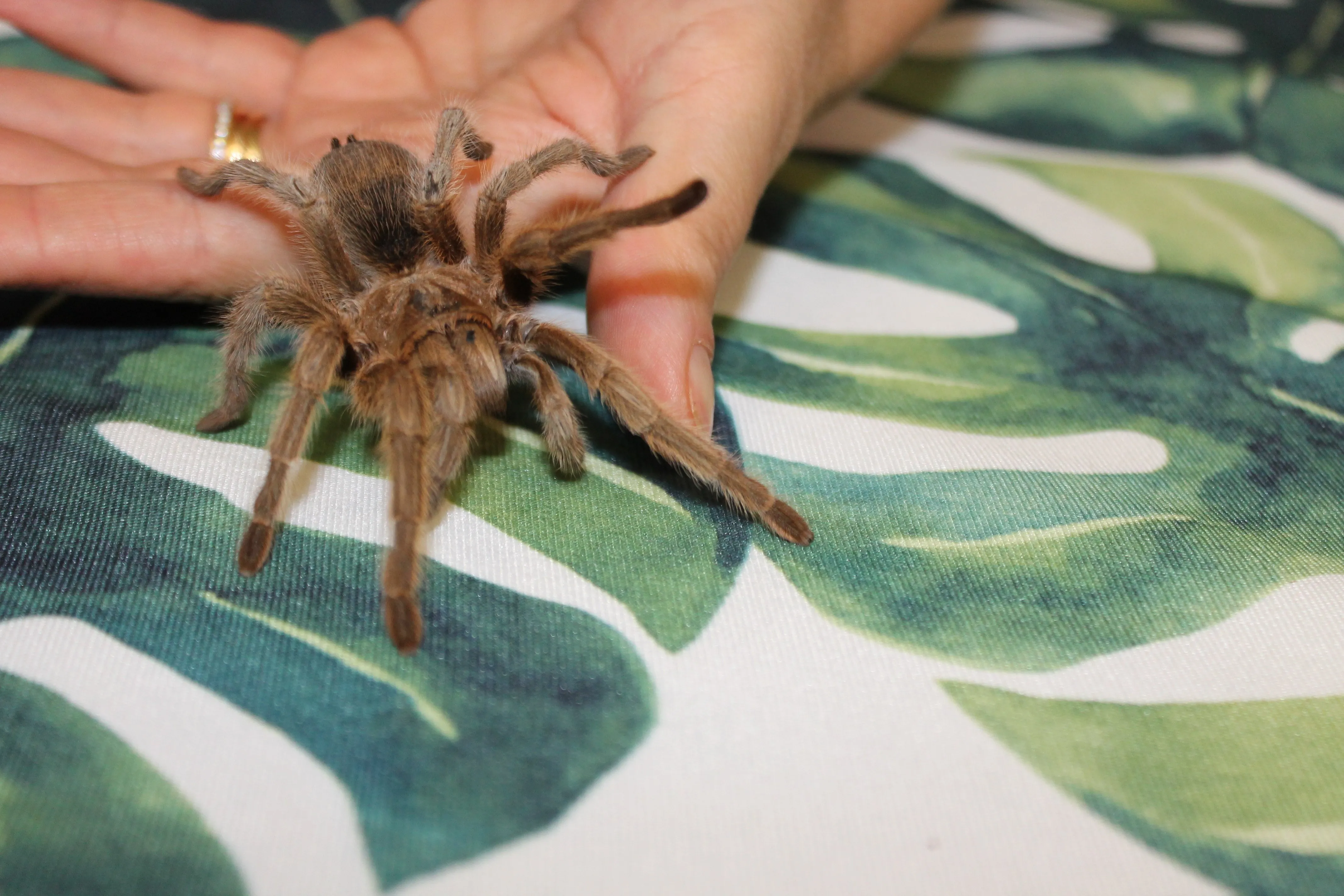
Temperature plays a significant role in a tarantula’s metabolism. Warmer temperatures speed up their metabolism, leading to a higher appetite and the need for more frequent feeding. Conversely, cooler temperatures slow down metabolism, reducing the need for food. Make sure that your enclosure has the ideal temperature for your tarantula. Always monitor the temperature inside the enclosure and adjust the feeding schedule based on the temperature fluctuations.
What Do Tarantulas Eat?
Tarantulas are primarily insectivores, meaning their diet mainly consists of insects. However, the specific types of insects you feed your tarantula can impact its health. Variety in the diet is crucial to ensure the tarantula receives all the necessary nutrients. The ideal prey will be healthy, nutritious, and easily accessible. Avoid feeding wild-caught insects, as they may carry parasites or pesticides that can be harmful to your tarantula.
The Best Insects for Tarantulas
Crickets, roaches, mealworms, and superworms are all excellent choices for feeding tarantulas. Crickets are a popular option due to their availability and ease of purchase. Roaches, such as Dubia roaches, are also a good choice, as they are nutritious and have a good protein-to-fat ratio. Mealworms and superworms can be used, but they are higher in fat, so they should be offered less frequently. It’s important to ensure the insects are gut-loaded before feeding them to your tarantula, this means feeding the insects nutritious food before offering them to your tarantula.
The Importance of Prey Size
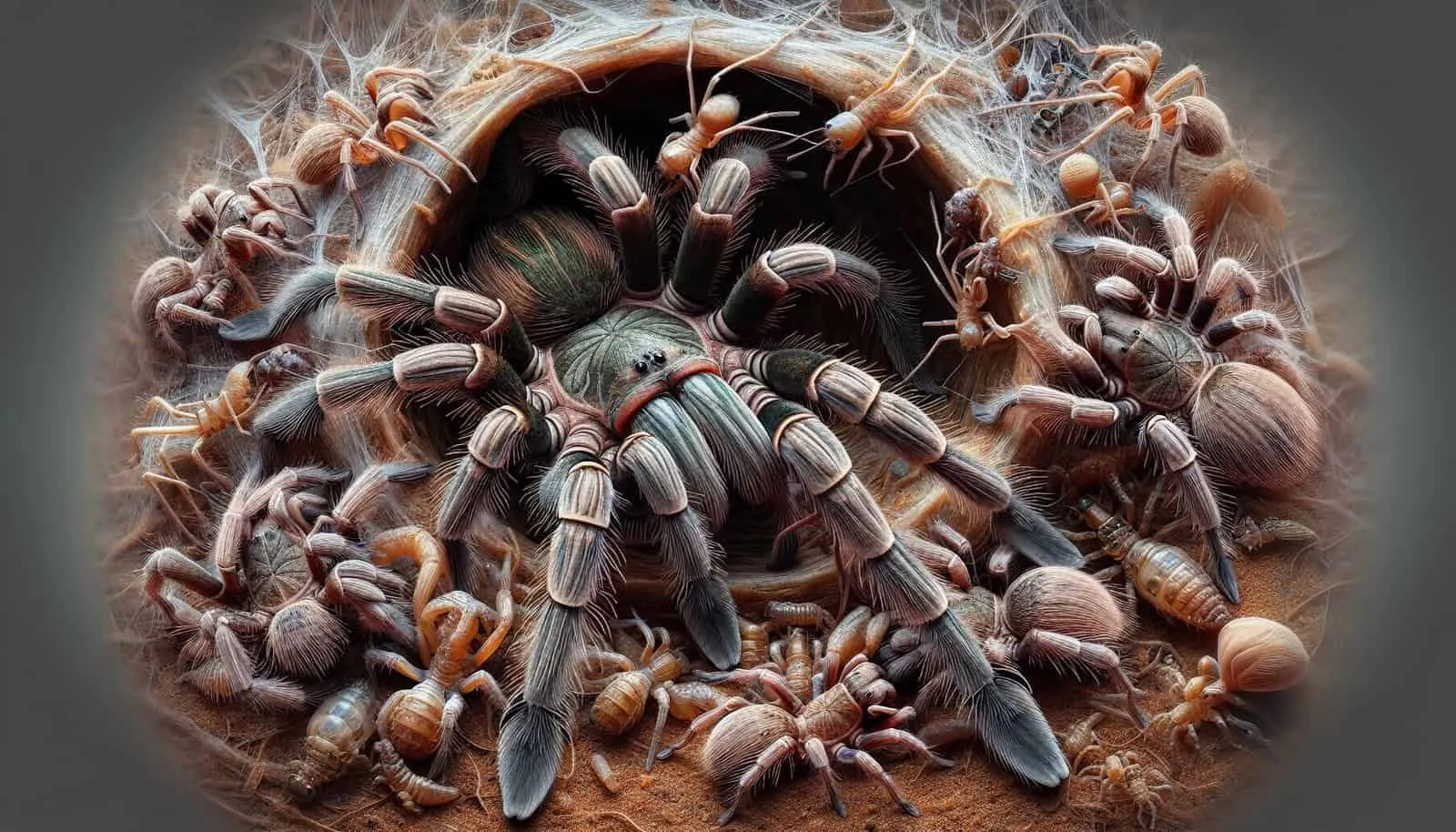
Providing appropriately sized prey is essential for your tarantula’s health and safety. The prey should be no larger than the tarantula’s body. A general rule of thumb is to offer prey items that are roughly the same size as the tarantula’s abdomen. If the prey is too large, the tarantula may struggle to subdue and eat it, potentially injuring itself in the process. It is better to offer several smaller prey items than one large one.
How to Know If Your Tarantula Is Hungry
Knowing when your tarantula is hungry is key to maintaining its health. While they don’t display the same obvious signs as mammals, there are several clues that can help you determine if your tarantula is ready for a meal. Observe your tarantula’s behavior and appearance to accurately assess its feeding needs. Being able to read the signals from your tarantula is part of the fun of owning one.
Signs of a Well-Fed Tarantula
A well-fed tarantula will typically have a plump abdomen. After a meal, the abdomen will be noticeably rounder. They will also exhibit normal activity levels. They might be seen actively exploring their enclosure or waiting to ambush prey. A healthy, well-fed tarantula will generally be more active and alert than one that is underfed. The tarantula may refuse food, which is normal if it has recently eaten or is close to molting.
Signs of an Underfed Tarantula
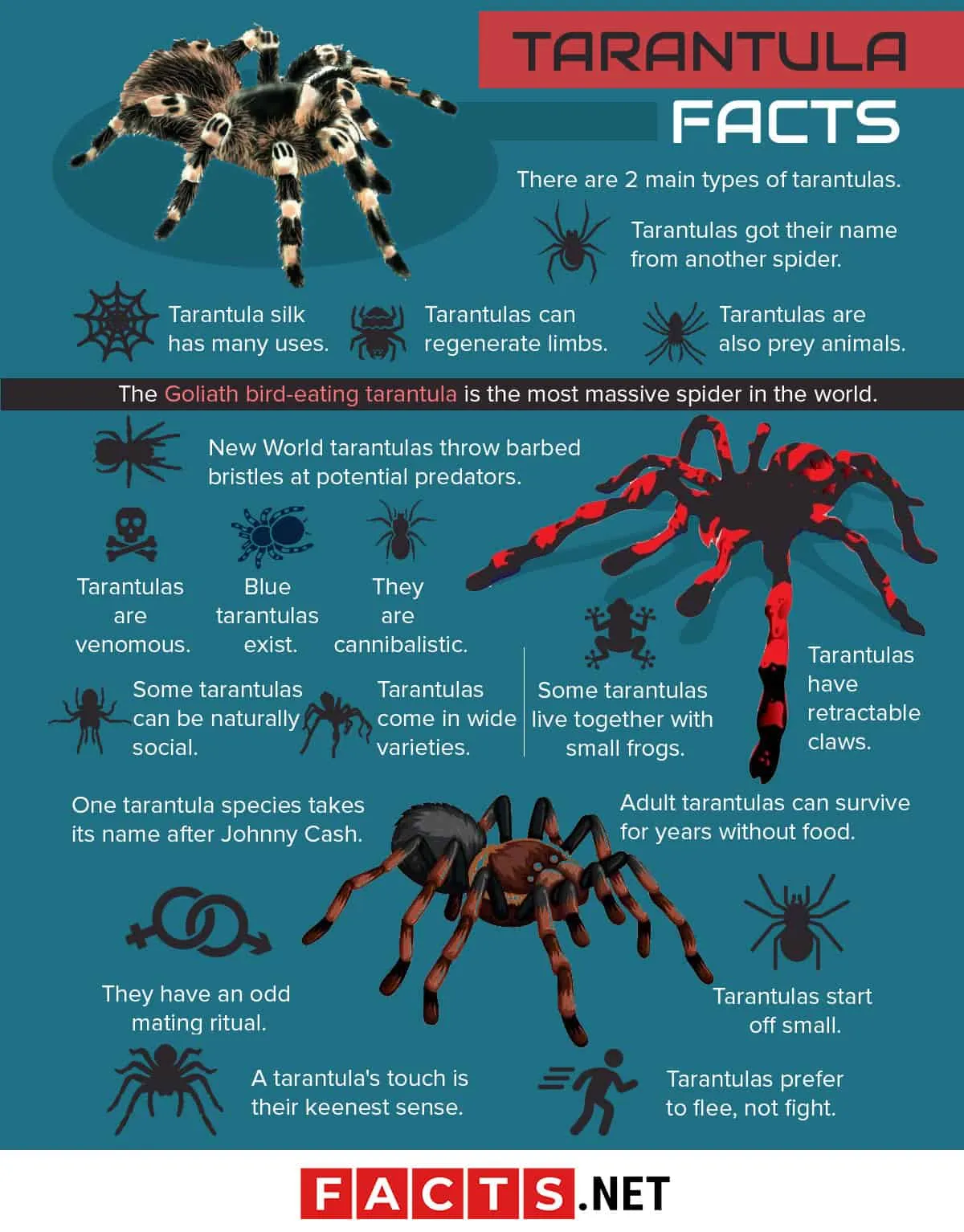
An underfed tarantula will have a noticeably small abdomen. They might also appear more sluggish and less active. Their movements might be slow, and they may spend more time hiding. In extreme cases, you may see signs of muscle wasting. If you notice these signs, it is important to increase the frequency of feeding and ensure the tarantula is offered an appropriate diet. In addition, a tarantula that is nearing a molt may also refuse food.
Feeding Your Tarantula Safely
Feeding your tarantula safely is just as important as knowing how often to feed it. Safe practices prevent injury to both the tarantula and the keeper and minimize stress on the animal. Handling the tarantula should be kept to a minimum, as it can cause stress. Always use appropriate tools and follow best practices.
Removing Uneaten Food
It is essential to remove any uneaten food from the enclosure within 24 hours. Dead insects can attract mites and other pests, which can harm your tarantula. Leftover food can also lead to the growth of mold and bacteria, which can create an unhealthy environment. Use tongs or tweezers to remove any uneaten prey, and always make sure the enclosure is clean and dry.
Providing Water for Your Tarantula
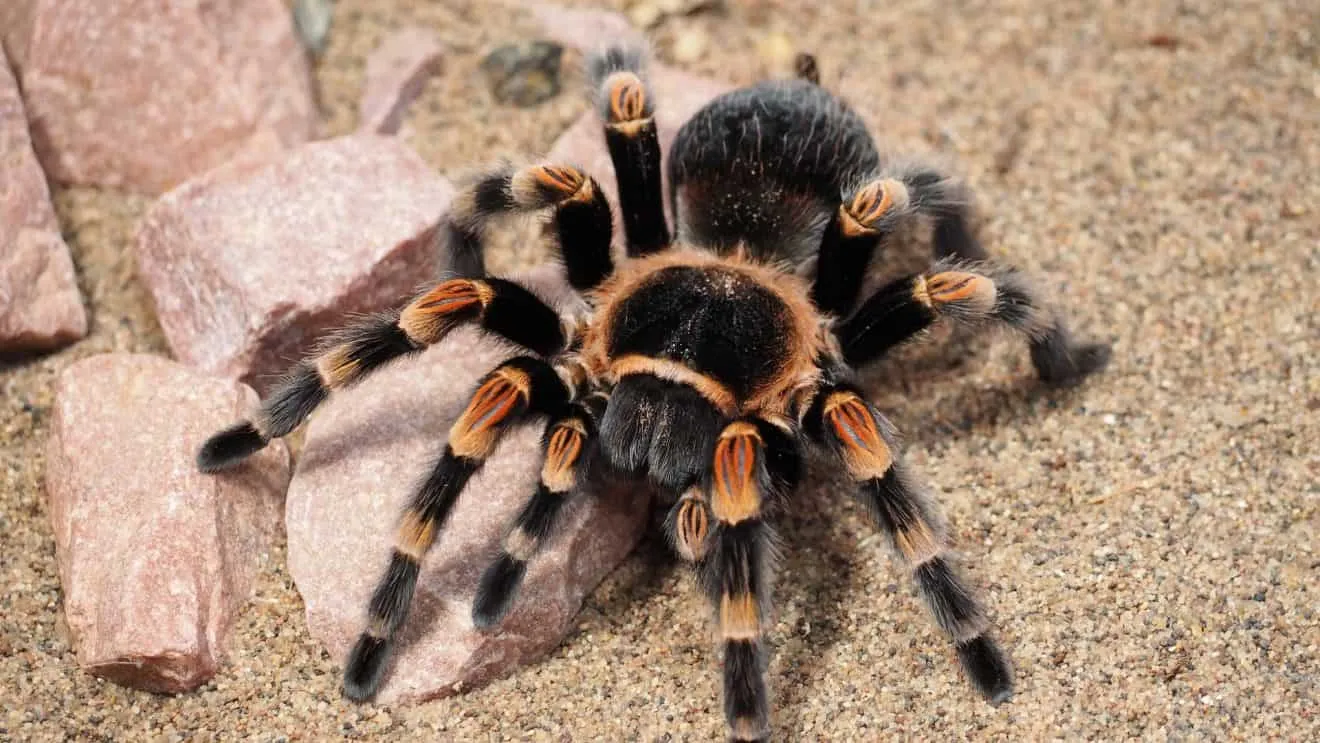
In addition to food, tarantulas need access to fresh water. Provide a shallow water dish with fresh water at all times. The water dish should be small enough that the tarantula can’t drown, yet large enough to allow the tarantula to drink comfortably. Ensure the water dish is always clean, as it is a source of hydration. Keep the water fresh, and change it regularly to prevent the growth of bacteria.
Common Mistakes to Avoid When Feeding Tarantulas
Even with the best intentions, it’s easy to make mistakes when feeding a tarantula. Being aware of these common pitfalls can help ensure your pet remains healthy and stress-free. Many of these mistakes can be easily avoided by doing some research and following proper care guidelines.
Overfeeding Your Tarantula
Overfeeding is one of the most common mistakes in tarantula care. Overfeeding can lead to obesity, which can shorten your tarantula’s lifespan. It can also cause the tarantula to have problems during molting. Avoid feeding your tarantula too frequently, especially if it’s an adult. Always adjust the feeding schedule based on your tarantula’s age, size, species, and activity level.
Underfeeding Your Tarantula

While overfeeding is a risk, underfeeding can also lead to health problems. An underfed tarantula may have a shrunken abdomen and may become lethargic. This can also lead to stunted growth and increased susceptibility to disease. Make sure your tarantula has an appropriately sized meal and is fed at the correct frequency. Monitoring the tarantula’s abdomen size and activity level is a good way to ensure it is receiving enough food.
Top 5 Facts About Tarantula Feeding
- Spiderlings need to be fed more frequently than adults, as they grow quickly.
- The size of the prey should be proportional to the size of the tarantula.
- Gut-load insects before feeding them to your tarantula for better nutrition.
- Always remove uneaten food to prevent pests and maintain a healthy environment.
- Provide fresh water for your tarantula at all times.
